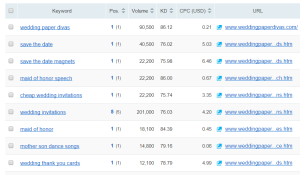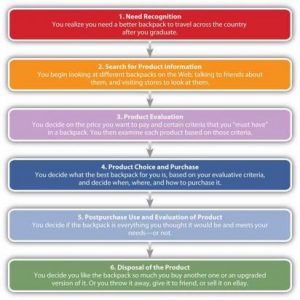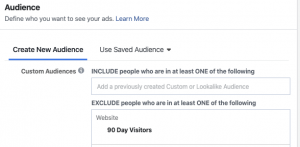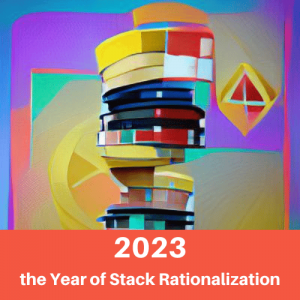— September 16, 2019
People will compare your brand with that of your competitors long before they contact you. Sentiment analysis allows you to track the opinions that people are expressing about your brand online, whether they are positive, negative, or neutral. Sentiment monitoring and analysis tools and techniques will give you a solid understanding of the status of your reputation online and help you to target your own content plan to either improve negative sentiment or to reinforce positive sentiment.
There are a number of ways to track and analyze sentiment online. Read on for tips on how to best conduct a sentiment analysis, sentiment monitoring tools for success, and more.
- What is sentiment analysis?
- Sentiment analysis vs. social listening
- Tools for sentiment analysis (How to conduct a sentiment analysis)
- How to deal with negative social media sentiment (how to improve)
- Benefits of social media sentiment analysis
What is sentiment analysis?
Sentiment analysis is a powerful tool to better understand how stakeholders feel about about your brand online. Sentiment analysis allows you to tap into the emotions behind what people are posting on social media and in search. These opinions are categorized into three perceived sentiments:
- Positive sentiment
- Neutral sentiment
- Negative sentiment
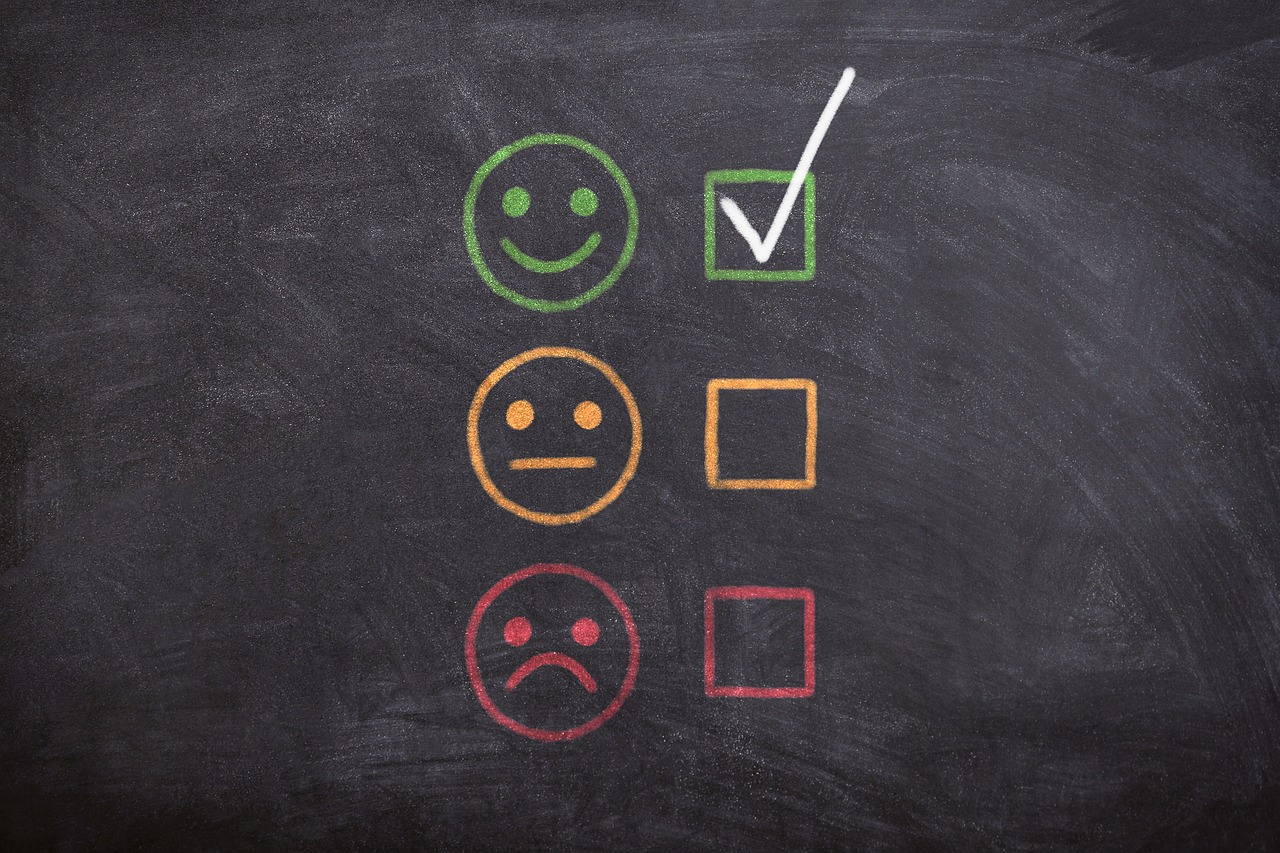
Positive sentiment
People like your product/brand. They’re using words such as “love,” “best,” “highly recommend,” etc. to describe your brand. They’re likely to share and promote you to their friends and followers.

Negative sentiment
People are dissatisfied with your brand. They’re describing it using words like “worst,” “never again,” or “hate.”
Neutral sentiment
Neither good nor bad, neutral posts aren’t helping your reputation, but they aren’t hurting it either. People are using words like “okay” or “adequate” to describe you. It may be worth it to dedicate some time to try to shift people that are sharing neutral posts about your brand over to the positive side.
Sentiment is a basic KPI for reputation management campaigns
These sentiments provide additional depth into your social media analysis efforts to help you better target your own posts and comments to improve or protect your reputation.
Even if you don’t use any sentiment analysis tools, you are likely conducting your own sort of sentiment analysis every time you read a post, comment, or review. Each time you read a mention on social media, you determine whether it is a positive or negative statement depending on the word choices used. Then, as a result, you respond accordingly.
But what happens once your following is too large for you to read every comment personally? That’s when it’s time to automate processes with a sentiment analysis tool.
Sentiment analysis allows you to…
- Understand how people feel about yourself or your brand
- Provide greater context for your social media efforts
- Quickly respond to negative posts to improve your reputation
Social media sentiment analysis vs. social media listening
Social listening is a way to monitor and analyze what is being said about your brand on social media. Sentiment analysis is a part of a larger social media listening strategy. The following metrics can be tracked as part of social media listening:
- Conversation analysis: Track conversations and trends using keywords and/or tags that are relevant to your brand, industry, or region. You’ll know who’s mentioning you, where they’re doing it, and the common keywords used.
- If this, then that: IFTT allows us to write “recipes” on the web. For example, we can set it up so that if your name comes up on a certain website’s RSS feed, then we get a notification.
- Rank tracking: Compare your search terms against your competitors to pinpoint why certain sites rank better than others for a given search term. Rank tracking gives insight into areas for improvement and where to focus efforts for the greatest chances of success.
- Location services: These tools show which countries might be the best to target social media promotion efforts, what languages to develop for, and where content will likely be consumed.
How to do social media sentiment analysis
Now that we’ve covered what sentiment analysis is, exactly, here are a few tips for running your own social media sentiment analysis.
Identify your keywords and tags
Research what your audience is searching, posting, and following on social media. Consider industry trends as well to develop a list of keywords and tags to monitor. This list should change over time to remain relevant. Most sentiment analysis tools provide help finding keywords and similar queries, or you can use free tools like Answer the Public.
Choose the best sentiment analysis tool for your business
There are many tools available to conduct sentiment analysis. Research your options and choose the one that will make the most impact with your budget. Some good options are: HootSuite, Sprout Social, and HubSpot.
Measure engagement
See which types of posts get the most comments, likes, and shares to produce similar content. If you know your audience responds well to a certain type of post or to particular topics, you can invest more time and effort into those types of things to create content your audience will enjoy.
Analyze your competitors
You always want your brand to reflect better sentiment than your competitors. When making buying decisions people will compare you, and you want the prospective customer or other stakeholder to inquire with your brand rather than theirs.
Keep track of what your competition is posting. This will not only help you tailor your own posts to meet industry standards, but you’ll also be the first to know if they are saying anything negative about your brand or if there are any major crises happening in your industry that may affect your brand as well.
Adapt your messaging
One of the major goals of sentiment analysis is to better understand your customers in order to increase engagement and provide more transparency into your brand. If you aren’t adapting your messaging according to what you discover in your sentiment analysis, then all may be in vain.
Make sure you are producing content that your audience will enjoy. It will help you connect better with them, and, as a result, improve customer service and brand identity.
How to deal with negative social media sentiment
Unfortunately, sometimes your findings will be negative. Maybe you have a couple of dissatisfied customers who are just looking for an apology. Or maybe you’re facing a full blown crisis situation that requires a complex recovery strategy. Whatever the cause, negative sentiment must be dealt with immediately in one way or another.
Here are a few tips for dealing with negative sentiment.
- Have a plan: The best time to brainstorm a plan of attack for dealing with a crisis is before one starts. This will allow you more time to conduct thoughtful responses and save you from the stress of making up a strategy as you go along. One of the best things to plan for, in advance, is who should handle various crisis situations in your company. You can see a list of crisis and response types here.
- React quickly: One of the main reasons for social media sentiment analysis is to be able to stay on top of trends and identify potential crises before they get out of hand. If you’re noticing a string of negative comments, react quickly. Respond to the people making negative posts and apologize.
- Never argue: When you’re responding to negative feedback or addressing concerns in your own posts, remember to keep a level head and maintain a sense of professionalism. Arguing with people on social media will only fuel the fire, making the problem bigger and your brand look worse.
- Stop regularly scheduled posts: Depending on the nature and severity of your negative sentiment, you may want to pause your regularly scheduled programming. Continuing to share evergreen content can make you appear you are ignoring the issue and can make matters worse.
Benefits of social media sentiment analysis
Analyzing social media sentiment gives you the ultimate insight into how people really feel about your brand. Instead of assuming what they think, you will know how people view you. This allows you to connect with your customers on a deeper level, provide content that will resonate with them, and convert people who may have been on the fence into loyal customers.
Sentiment analysis can make your business more relatable, likeable, and profitable.
- Stay on top of feedback: There’s no guessing whether people like your brand or not when you have visual charts of their overall sentiment. Keep track of positive, neutral, and negative comments and respond appropriately.
- Improve content creation efforts: Sort posts by sentiment to see what types of content are being shared the most. This helps you target your content strategy and messaging to create things that are sure to be shared.
- Fast-track growth: Analyze the sentiment of your social media campaigns to improve each time based on audience favorites to convert people into brand champions.
- Stay ahead of competition: See the bigger picture by monitoring industry keywords to see patterns and keep up with changing needs and demands.
- Build more impactful brand partnerships: Pinpoint which influencers are most excited about your brand and approach them about partnership opportunities.
By listening to what others are saying about your brand on social media, you can get to know your customers better and stay ahead of industry trends. You’ll know what they’re saying about you and how they feel about your company. Being active on social media means a lot more than just posting, liking and sharing. Take your social media efforts a step further by conducting sentiment analysis.
Digital & Social Articles on Business 2 Community
(55)

